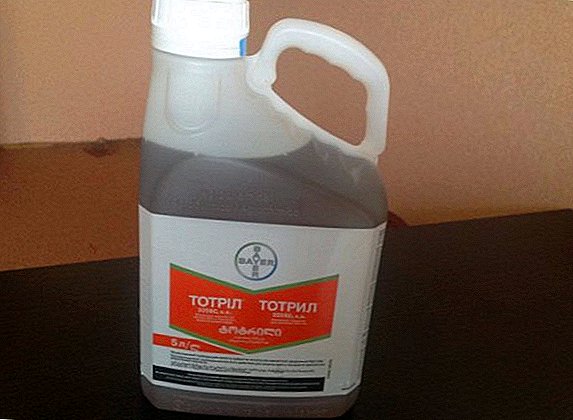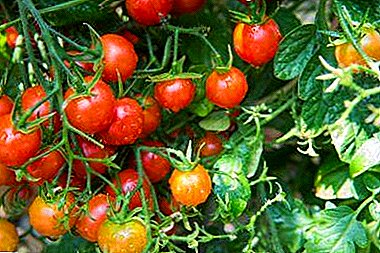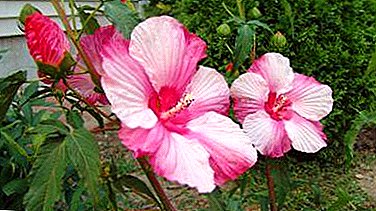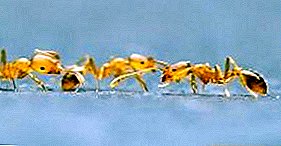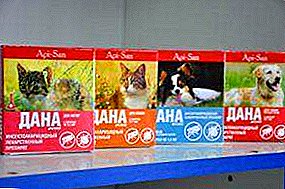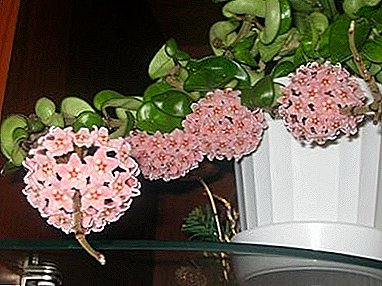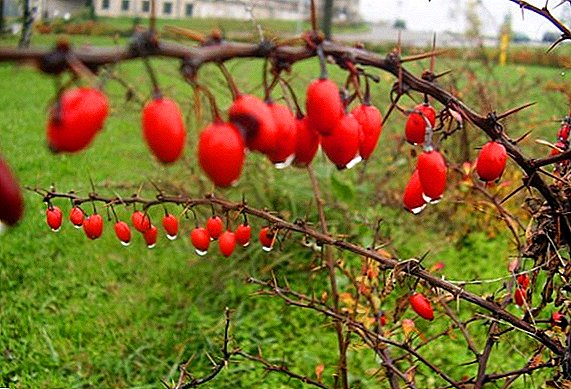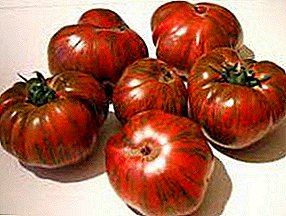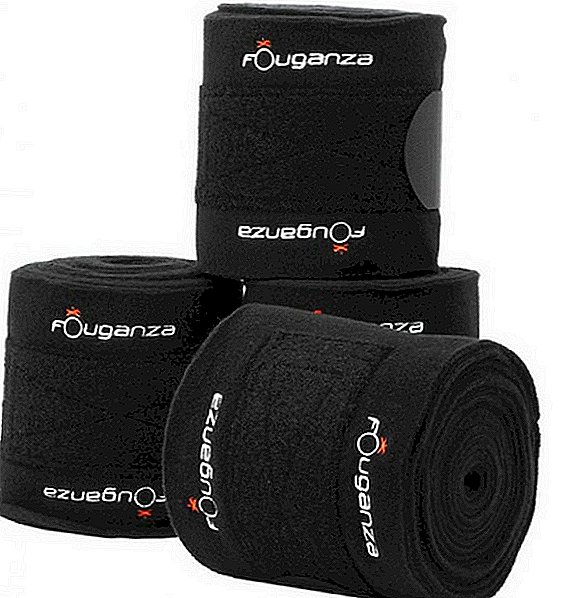 There are different types of bandages for horses. Their main difference lies in the material from which these bandages are made. Bandages are wrapped around the leg between the carpal and the bridge joints. Some horsemen do not believe in the effectiveness of bandaging, others use bandages all the time. This article will look at the existing types of bandages, the principles of their correct application with and without a padded jacket, methods of making bandages with your own hands.
There are different types of bandages for horses. Their main difference lies in the material from which these bandages are made. Bandages are wrapped around the leg between the carpal and the bridge joints. Some horsemen do not believe in the effectiveness of bandaging, others use bandages all the time. This article will look at the existing types of bandages, the principles of their correct application with and without a padded jacket, methods of making bandages with your own hands.
Why do we need bandages for horses
Most often during dressage racehorses injured limbs. Bandages are applied to the pasterns in order to fix the tendons and cover the skin and act like a muscular corset.
Important! Remove bandages from the horse immediately after dressage. Left on their feet, they disrupt the blood flow, lymph flow, lead to the appearance of edema. Do not wind the bandage directly from the foot, as the animal will not wait patiently until you collect it. Open the velcro, remove the bandage with a solid strip, and only then roll it into a roll.They prevent injuries, warm feet in the cold and wet season, protect previously injured wounds from external influences and soften the impact on the skeleton of race shocks.

Kinds
There are various types of bandages made from woven materials. Each species has its own purpose.
You will probably be interested in reading about how to harness a horse.
Elastic
They are considered the most dangerous when used improperly. They are used in competitions and dressage, when the animal carries the most significant loads. They are similar in texture to medical elastic bandages, and are well suited for fixing quilted jackets. 
Wool or wool blend
These dressings are long, especially wool with the addition of acrylic in the composition. In them, the legs of the animal breathe, fixed not tight, but securely.
Did you know? According to the theory of evolution, the most ancient progenitor of a horse is the eo-hippus, also known as gyracotherium. Today, an extinct species, eo-hippus, instead of hooves, had five toes on each leg with ossified pads and lived mainly in rocky highlands. It was first described in 1841 by Sir Richard Owen, English paleontologist.Inaccurate washing can cause woolen bandages to sit down. Nowadays, they are rarely used, due to the complexity of their care and low functionality - they easily open up and become covered with hooks.

Fleece
Particularly soft and durable. Ties Over time, thin and wear out. Easy to care for, they are superimposed with tendon injuries, skin lesions and are used on horses that are not yet accustomed to bandages. They are distinguished by the fact that even with active loads they do not slip to the rim of the hoof. 
Knitted
Soft, but thin bandages, practically do not stretch, well heat the tendons and securely fix the quilted jackets. They are more often used in the stall, since they are torn at dressage, covered with hooks and can be dissolved on the move, which is fraught with injuries.
Important! During bandaging, make sure that the horse is standing perfectly on its leg - not pressing it and not relaxing, otherwise there will be a great risk of dragging the bandage.Only experienced horsemen can bandage knitted stripes, as this material can be easily pulled and the blood and lymph circulation of the horse can be disturbed.

Acrylic
The cheapest of the existing dressings. Mostly low quality, easy to clean, but wear out quickly and tear. The skin of the animal under them does not breathe and rot, therefore it is not recommended to use. 
Combined
Consist of two parts - fleece and elastic. The fleece part of the soft lining rests on the leg of the animal, and the elastic part holds the fleece in place.
Learn more about horse harness.
They are suitable for training, as they are quite dense, breathable and have comfortable hook-and-loop fasteners. 
Gel
The most expensive of all existing dressings. They have an antibacterial effect, allow the skin to breathe and absorb shock jerks well.
Did you know? In the summer of 2006, an entry about the smallest horse in the world appeared in the Guinness Book of Records. She became a crumb named Thumbelina. This adult horse breed Falabella at birth weighed only four kilograms. Now the baby’s weight is twenty-six kilograms, and the height is forty-three centimeters. At the same time there are no deviations in the development of Thumbelina, this is a real miniature copy of a full-fledged adult horse.Can be used to heat up the tendons after preheating, they can cool the limbs after work, being kept in a refrigerator or running water. Promote the discharge of fluid when joints joints, easy to clean.

How to bandage a horse
First of all, check to see if there is litter, dirt and stuck wool on the legs of the horse. Any solid particle that has fallen under a tight bandage will rub the animal's skin down to blood during the dressage.
Important! Always wear bandage on either two front limbs, or two rear, or all four at once. Do not leave one leg unscaled - the load will be uneven, and the animal may be injured.Clean and smooth the hair on the metacarpals, shake out the bandages, so that they also do not have a small litter.
- Put the bandage edge just above the bottom edge of the carpal joint, twist the bandage counterclockwise around the metacarpus twice.
- Bend the edge of the bandage down, wrap the bandage around your leg again to fix the edge.
- Continue to wrap the leg with a bandage, overlapping half the width of the previous one with each subsequent round.
- Bring the bandage to the putt joint and start wrapping it upwards. The coils will begin to form the letter V, overlapping each other.
- Make the last turn a half turn lower than the first. Secure the free end with Velcro or zipper.
How to make a bandage for a horse with your own hands
It is easy to make bandages at home - it’s enough to buy suitable materials and spend about an hour on preparing them. From the specified amount of materials you will get one set of four bandages.
Important! Process all the lines several times so that during intensive loads the seams of the bandages do not spread out and the bandage is not weakened. When the animal is in bandages, every forty minutes check how tightly they sit to rewind the sliding winding if necessary.
Necessary materials
- dense fleece fabric - 40x180 cm;
- Velcro fasteners - 70 cm;
- scissors;
- ruler;
- sewing machine.

Step-by-step instruction
- Mark and cut the fleece fabric into strips 10 cm wide and 180 cm long.
- Wrap the right angles of each ribbon to the wrong side to form a triangular edge.
- Sew through the bottom line of the corners to fix the edge of the tape.
- Sew the tongue of the velcro to the seamy side of the triangular edge. Leave about two centimeters behind the edge of the tape, attach the other five to the fabric.
- Step back twenty centimeters from the base of the velcro tongue and sew a second horizontal velcro exactly in the middle of the strip into the front side of the tape. The length of the second Velcro should be ten centimeters.
Video: how to make bandages for a horse
What is and why are quilted jackets
Padded jackets are textile pads that are applied to the pasterns of horses. Quilted jackets protect joints and pasterns from tugging and bandages, warm them, and are used to treat superficial skin lesions by impregnating with antibacterial compounds.
Did you know? The largest stallion in the world is officially considered a horse named Samson. At the age of two, his height at the withers was two meters twenty centimeters, and his weight reached one and a half tons. Born in 1846, the stallion of the Shire breed in the Guinness Book of Records does not appear, since it did not exist yet. Book record belongs to another giant - Belgian gelding named Jack. In 2010, this giant weighed one thousand six hundred kilograms, and its height was two meters seventeen centimeters.Quilted jackets are quilted, wool, neoprene, polyester. There are quilted jackets for the hind and fore limbs. The harder the work that the horse will do, the denser the padded jacket should be. They break the aesthetic appearance due to their bulk, but injuries during the use of quilted jackets are practically excluded.
 Padded jackets
Padded jacketsHow to bandage a horse's legs using a padded jacket
The technology of bandaging with a padded jacket practically does not differ from simple, bandage.
- Impose a quilted jacket on the horse's pasterns so that its upper edge touches the carpal joint, and the lower one reaches the putway. Fold the edges of the padded jacket counterclockwise. The edges should lie on the outer side of the leg and be between the tendons.
- Apply a bandage just below the top edge of the padded jacket and leave the edge of the bandage raised up.
- Make two or three turns of the bandage, turn the edge down and fix it with one more turn.
- Continue to bandage the leg in a downward direction, overlapping the coils. Do not tightly bandage - between the bandage and padded jacket should be free to enter the index finger.
- Turn up from the putt joint and bandage the leg with the second layer of the bandage.
- Fix the edge of the tape with velcro or zipper.
Bandages are placed on the limbs of horses in order to protect their thin tendons and brittle bones from overloading. Bandages are made from different materials and used for different purposes depending on their density.
Important! Quilted jackets should be washed without using detergents after each long dressage and walking in bad weather. Dropped dirty quilts contribute to the development of foreign microflora on the legs of horses and cause diaper rash.The bandage for horses can be made independently, the main thing is to choose high-quality materials for this. Always apply a bandage slowly and carefully, and your pet will feel comfortable, having additional support in responsible work.


